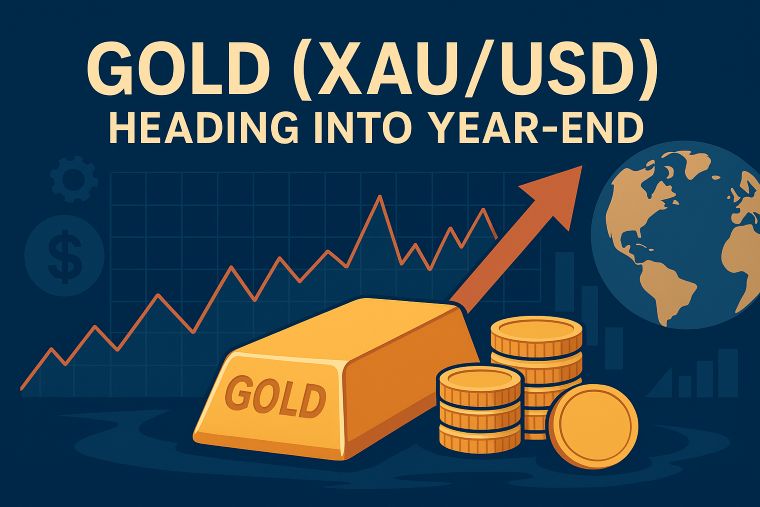3 min to read
Strengthening Dollar-Yen Exchange Driven by Buyback Activities
Awaiting Impetus from US Inflation Metrics.

“Strengthening Dollar-Yen Exchange Driven by Buyback Activities, Awaiting Impetus from US Inflation Metrics”
In today’s market, the dollar-yen exchange rate exhibited a dominant trend of buybacks, propelling it to the mid-142 yen territory. Although instances of selling pressure were evident during the New York trading hours, leading to a transient dip to the 141 yen level, the exchange rate demonstrated resilience by rebounding back to the 142 yen mark, defying noteworthy downward forces.
Subsequent to the recent release of US employment statistics, the forex landscape witnessed a reactive selling pressure applied to the dollar, prompting a temporary dip of the dollar-yen rate to the mid-141 yen zone. However, even during this phase of downward correction, a marked depreciation was successfully averted, with the market finding support at lower thresholds.
Turning our attention to the US employment data, while the non-farm payroll figures fell below market projections, failing to attain the historical benchmark of a 200,000 increase, both the unemployment rate and average hourly earnings continue to indicate the robustness of the US labor market. This absence of substantive alteration has left the trajectory of the Federal Reserve’s interest rate hike cycle relatively undisturbed. Consequently, the focus pivots to the forthcoming release of the US Consumer Price Index (CPI) and Producer Price Index (PPI) this week, anticipated to provide insights into the prevailing economic climate.
Noteworthy viewpoints from leading strategists in major US financial institutions suggest that the attainment of dollar strength would likely necessitate bolstering from hedge funds, given the prevailing historical context. However, fund managers have exhibited a more cautious sentiment towards the dollar within the existing market dynamics.
Conversely, the Euro-dollar exchange rate briefly witnessed a dip to approximately 1.0965 dollars, subsequently staging a recovery towards the vicinity of 1.10 dollars during the New York trading session. With no substantial data influencing interest rate dynamics, the Euro is poised to uphold its resilient performance throughout the week.
The imminent release of the European Central Bank’s (ECB) consumer expectation survey and assorted secondary Eurozone statistics is projected to exert limited influence on interest rate expectations. As a result, the Euro is foreseen to continue its steadfast trajectory, possibly maintaining an exchange rate range centered around 1.10 dollars. Nevertheless, this outlook remains subject to change contingent upon the dollar’s response to the forthcoming US inflation metrics.
Today, Germany disclosed its industrial production figures for June, revealing a substantial decline that fell below market predictions. This downturn has fueled conjectures that it might foreshadow impending adversities. Notably, industrial production in Germany contracted by 1.5% compared to the prior month, with the decline being prominently attributed to the downturn in construction, energy, and the manufacturing sectors, including automotive industries. Given the persistent downward trend in new orders, the projection points towards continued depressed production levels, heightening the likelihood of a contraction within the German economy during the latter half of this year.
Within the Pound-dollar exchange rate context, a buyback trend emerged during the New York trading hours, propelling the rate towards the upper echelons of the 1.27 dollar range. Elevated inflation levels within the UK, coupled with prospects for medium-term sustainability, have been highlighted as factors tempering the probability of an early interest rate cut by the Bank of England.
Taking a historical perspective, the interval between the last interest rate hike and the inaugural rate cut has typically spanned around six months. However, the recent Monetary Policy Committee (MPC) meeting of the Bank of England characterized the prevailing policy as “restrictive,” underscoring an inclination towards maintaining a prolonged period of restrictive stance, transcending the mere determination of the ultimate interest rate level.
Visit XM Official Website.

